CARROTS, YUK!
Lack of Green Thumb, Or Something Else?
I just sunk my teeth into a carrot pulled mere minutes ago from the garden; the taste was not good! I’m not surprised, because that’s often the case with my carrots. For the reason why, I might turn to a book, one of my books, The Ever Curious Gardener, the last chapter where I talk about the senses, including flavor.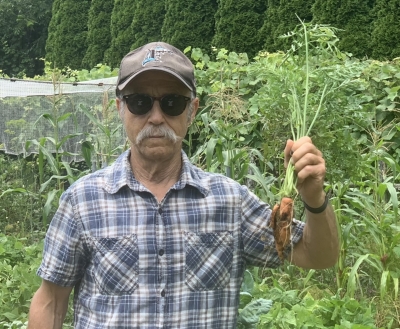
In that chapter I delve into various influences on flavor, things such as soil, light, moisture, day length, and temperature. They’ve all been studied, but mostly each by itself. Quoting myself,
With light, moisture, temperature, day length — so many variables — making their mark on flavor, a more additive approach to growing flavorful crops might be more useful rather than trying to parse out individual, interacting, influences.
This kind of attention has been lavished on studies with carrots by raising them in phytotrons, where light duration and intensity, day and night temperatures, and humidity can be manipulated, in pots of various types of soil. Testing soils and growing conditions mimicking those of Wisconsin, California, Florida, and Texas, the best flavored carrots…drum roll…were those grown in mineral, especially loam, soils as compared with muck soils (drained swamplands rich in organic matter) under mild winter conditions (such as in California). I’m not ready to relocate to be able to grow the most perfect carrot, and no need. Variety choice was still the most important determinant of flavor.
Similar studies have been done with peppers, focusing specifically on their hotness, which, to muddy the waters, stems from not one, but from a whole group of compounds, capsaicinoids, mostly capsaicin and dihydrocapsain. Hotness in peppers was found to depend . . . “
Ah, Terroir
But wait, let’s stick with carrots, except there’s not that much more to say, quantitatively, beyond my moving to California where I could grow them in their mild winters. So, back to my book:
In desperation, we may need to fall back on terroir, a concept that takes into account almost everything: soil, climate, slope, sunlight, the geology and geography of a particular region, and as much more as needed to lend it a certain mystical quality. Historically, terroir has been associated with wine, tying the quality of a wine to the terroir rather than to the vintner.
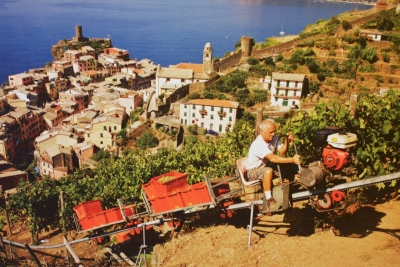
Grape harvest, Europe
There’s an appealing je ne sais quoi to terroir—that therein lies something beyond what science could possibly quantify. “Wines express their source with exquisite definition. They allow us to eavesdrop on the murmurings of the earth,” wrote wine critic Matt Kramer (Making Sense of Wine). Of a California vineyard’s highly regarded chardonnays, he writes, there is “a powerful flavor of the soil: the limestone speaks.”
Why not broaden the scope of terroir, applying it to other fruits and vegetables? Perhaps it is a certain terroir that brings out the best flavor of a tomato, or one that brings out the best flavored fruits from a peach tree, and so on.
We love to love terroir but, sad to say, studies have mostly de-bunked the notion. Terroir and the legal designations it engenders are, yes, tied to the price of a bottle of wine or the price of vineyard land — but, no, not to the flavor or quality of the wine. The flavor of fruits and vegetables — and wine, no doubt — are influenced by soil, environment, light, and the myriad ways each of these influences can vary and interact. The relationships might not yet be thoroughly understood, but that’s no reason to sit back and pin flavor on some indefinable quality of “place.”
The upshot of all this is that terroir and organically-grown [another influence covered earlier in the chapter] may affect flavor — or not. They most assuredly do affect perception of flavor and, hence, market returns. As the eternal skeptic, I am ready to debunk a concept like terroir, less so organic (the flavor effect, not the practice).
Still, I can’t help but add my own “anecdata,” which has dulled my natural skepticism. One variety of apple that I grow is ‘Macoun’. When I harvest them at the right moment — which is just as soon as they hit the ground — their flavor is ne plus ultra. Five miles away, I’ve picked the same variety from a commercial orchard, harvesting fruits from the ground as well as those that yield to the slightest twist and upward lift.
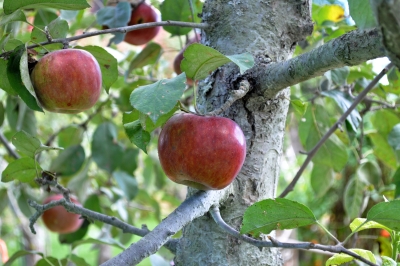
My Macoun apples
My ‘Macoun’ apples taste very different, and much, much better than those from the nearby commercial orchard. The sites are very different, mine being low lying with deep, clay loam soil, in contrast to the clayey, rocky hillside of the commercial orchard. Their site has better air; I have what would generally be considered to be a naturally better soil. I’ve further improved the soil beneath my trees by making it rich in organic matter, the result of compost at planting time and yearly additions of hay, wood chip, and leaf mulches. The commercial orchard gets herbicide, synthetic fertilizers, and repeated sprays of various pesticides throughout the growing season. Rootstocks also differ between sites.
All this, is it terroir? Is it the organic vs. conventional treatment? To throw one more wrench into the works, I wouldn’t discount the halo effect: I, like almost everyone, enjoy most the flavor of the apple that I grew. Does it really taste better?
Enough waffling. Can an understanding and application of a little natural science make for tastier fruits and vegetables? To some degree, with some fruits and vegetables, yes. To sum up…
• Genetics is very important, usually the most important determinant of flavor.
• Climate is important for some fruits and vegetables, such as carrots.
• Soil, to a lesser extent, can be important, although what about the soil is important for a specific crop is hard to pinpoint.
As we gain deeper understanding of the natural science behind the scenes in a garden, influences on flavor will, no doubt, be more quantifiable. For now, my tack is to choose the best-tasting varieties for my region; to site and to plant according to the weather and the climate; to prune and to regulate production; and to provide good growing conditions below ground, mostly through frequent applications of an abundance of organic materials [each topic addressed in my book]. All this makes for very good tasting vegetables, fruits, and herbs.
And I’ll just stay here in New York and still grow carrots. But not for harvest in the heat of summer.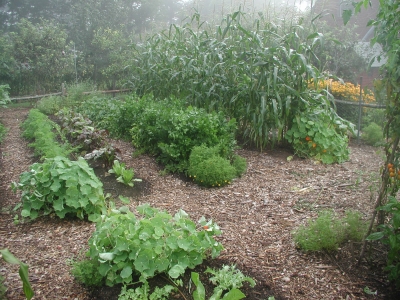


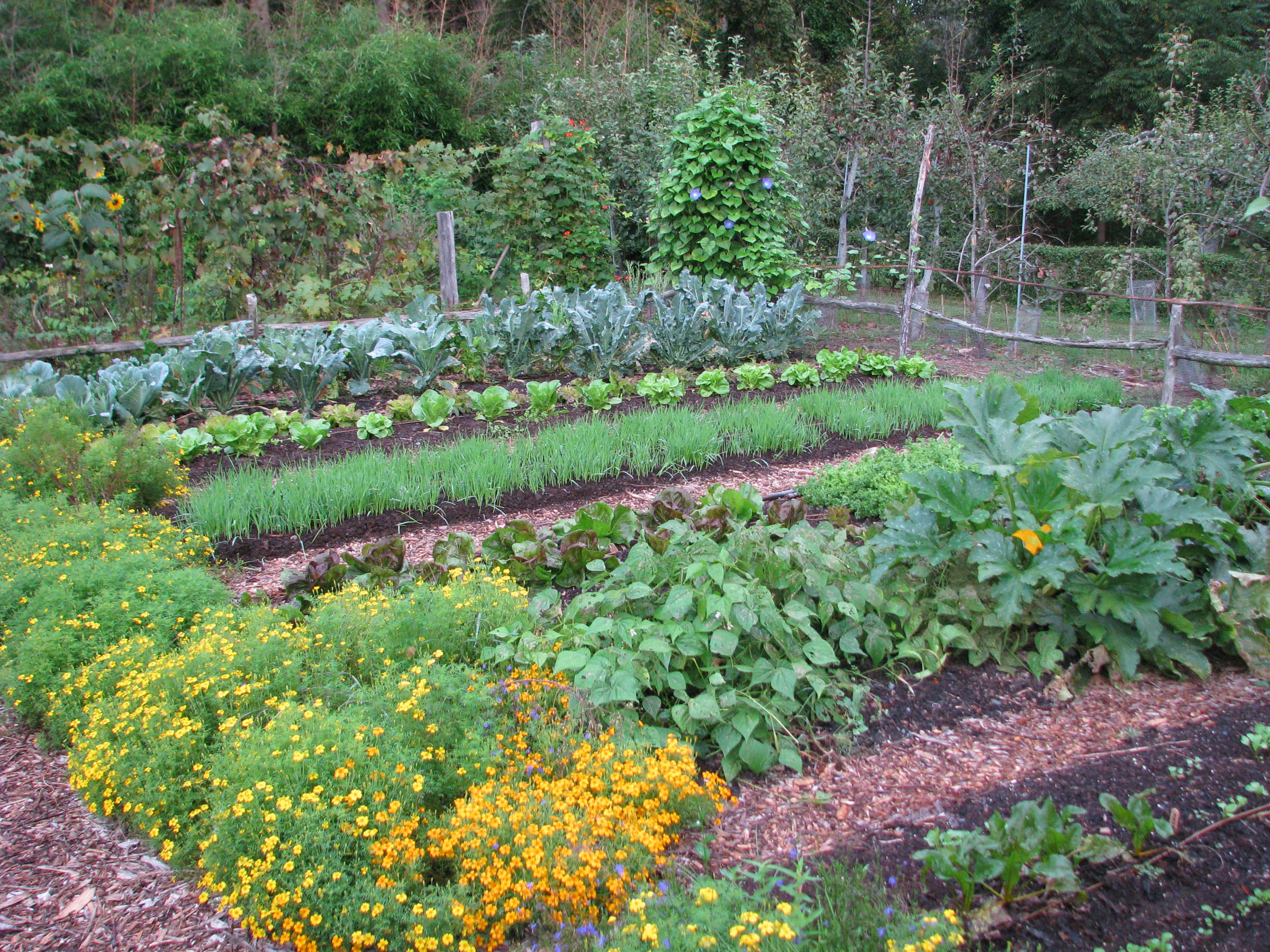
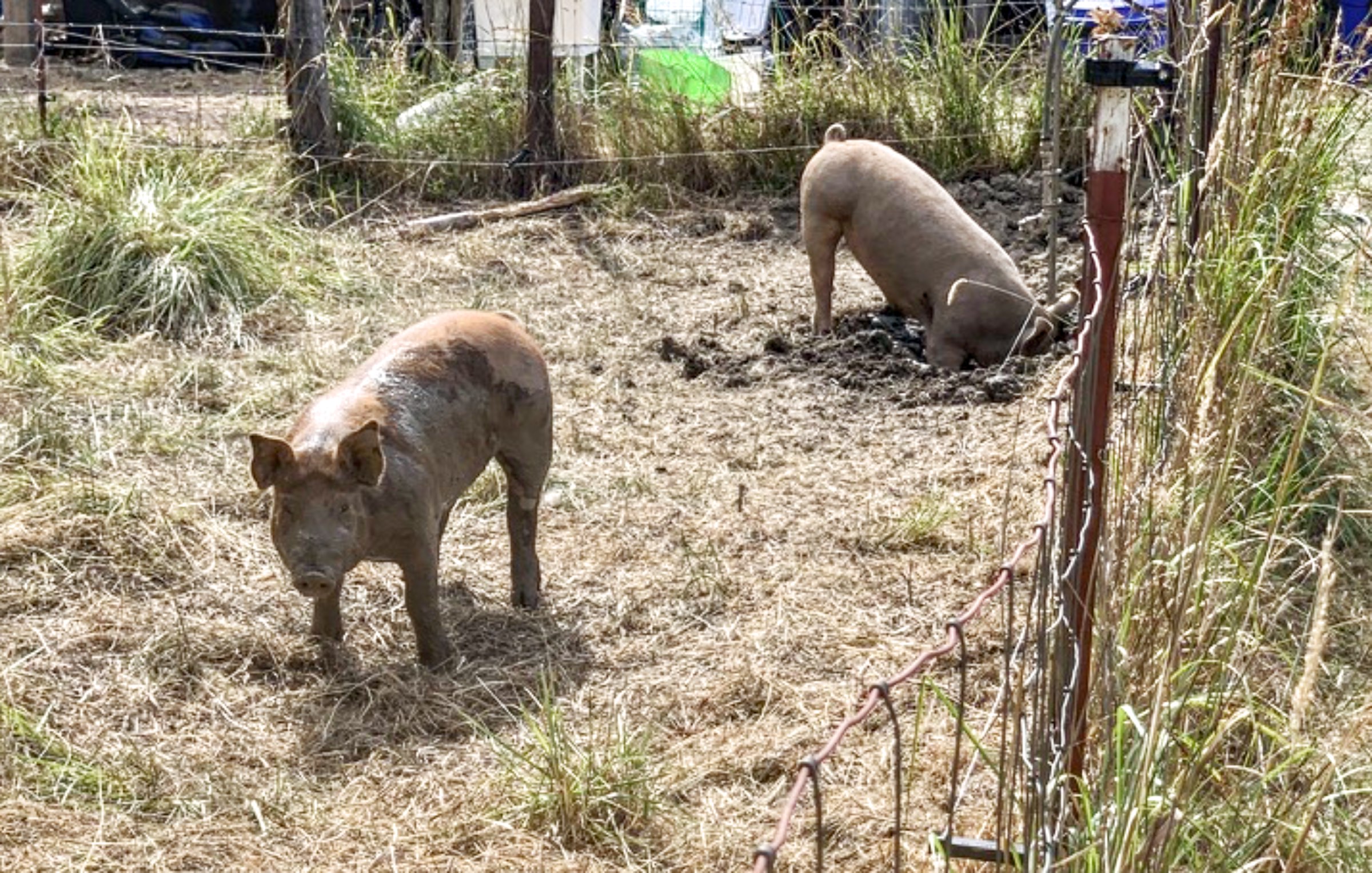
Hello Mr.Reich,
Sorry about your carrots. Does it have anythin to do with the quality of the soil? I have never planted carrots..was hoping to next year. I wanted to know if you have lantern flies in your garden and what do you do. Yesterday I saw some nymphs on my figs only and I sprayed with dish soap and then smashed them. It’s making me really sad. Please let us know if you have any issues and how you are handling it.
Stay Well and Strong Sir,.
Regards,
Prema
Prema
Hello Prema, I think carrot quality is mostly weather and variety dependent. As far as lantern flies, none here. So far.
Hi Lee…. Enjoyed your article on carrots. I don’t grow them myself due to lack of space and, more importantly, due to the fact that just down the mountain we have Elmer Farm, where the best carrots are grow around here. Spencer Blackwell, owner, says he attributes the success of his carrots to the “free” minerals blowing over from the nearby marble quarry. Might be true.
However, I find that even Elmer Farm carrots don’t develop a good flavor until later into the harvest season. They look good, but the sweet carrot taste is just not there.
I’m also going to limit my carrot growing to planting for fall ripening. I should have known, but got overly enthusiastic in spring and now have bad-tasting summer carrots. Occasionally one is good.
Makes me want to plant a Macoun tree! And get back to reading my copy of “Ever Curious”. 🙂
Are the nasturtiums at the ends of the beds in the last photo by chance a trap crop for aphids? Or…?
Around here, actually over much of the eastern part of the country, many pests attack apples, and I have a particularly poor site for fruit. Sad to say, I’m giving up on apples. I can still grow plenty of other fruit: all the bush fruits, and especially blueberries, and, of the common tree fruits, pears. Plenty of uncommon fruits also.
The nasturtiums are mostly for beauty and for eating. I know about the thing with aphids but have hardly ever seen an aphid on the nasturtiums.
We make our oranges really sweet with the application of one part sea water to 30 parts water. We couldn’t believe what a difference in taste that makes.
Hmmmmmmmm?